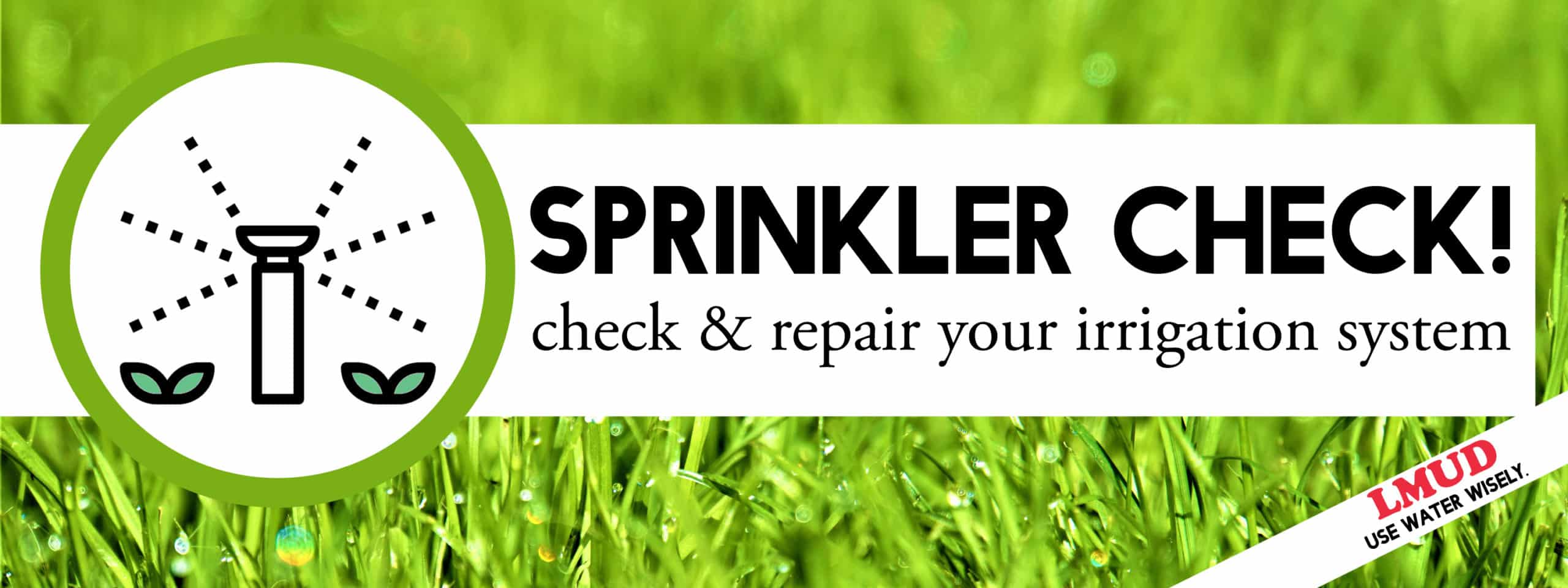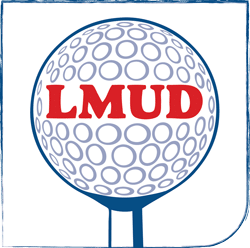Set It, But Don’t Forget It: Sprinkler System Checkup

 As published in the Lake Travis View, April 2021.
As published in the Lake Travis View, April 2021.
Yes, your grass is green, but watering too much at the wrong time in the wrong way is not only wasteful, but also harmful to your lawn…and budget. Green grass with less water is possible with regular checkups for your in-ground automatic irrigation system.
Strapped for time, we often turn towards solutions that help us out by automating mundane tasks. We “set it and forget it” so we can focus on more important things. To name a few: our bills are on autopay, staple pantry items are auto shipped to our door, standing appointments are scheduled with our hairdresser, and our home irrigation controller programs the system to run on our assigned watering days. But it is important to make time to routinely check in on these autopiloted tasks or you may be paying extra for services and products you do not want.
Strapped for time, we often turn towards solutions that help us out by automating mundane tasks. We “set it and forget it” so we can focus on more important things.
The most efficient time to run your sprinkler system is early morning or at night when it is generally cooler, and the wind is calmer to maximize absorption into the ground. Unfortunately, when automatic irrigation systems are set to go off during this time, no one is usually around to notice if something malfunctions. Consider this:
- One irrigation zone with functioning pop-up sprinkler heads may use about 16 gallons per minute.
- Each spray sprinkler head may apply 0.4 inches of water in 15 minutes.
- It can take about an hour of watering per week to reach the ideal depth of 1.5 inches soil saturation.
- One watering cycle for a system with multiple zones could use 750 gallons of water.
- Just one broken sprinkler head with unrestricted flow can waste 25,000 gallons in 6 months!
Automatic irrigation system malfunctions are caused by several factors including:
- The system controller resetting without the knowledge of the owner. Power outages and storms are the most common cause for this reset. We have seen incidents where, for months, an irrigation system has run every night for several hours before the owner discovers the source of their increase in water usage.
- Rain sensors can fail. Like all mechanical parts, rain sensors can become worn or damaged causing an irrigation system to continue to run even in the heaviest of downpours.
- Sprinkler heads get damaged. Worn, damaged, or obstructed sprinkler heads cause uneven coverage resulting in excessive or spotty coverage. Erosion and lawn care equipment are the biggest cause of sprinkler head damage.
- Line breaks and leaks. Small leaks can go on for years undetected, slowly getting worse over time. They can be caused by physical damage, such as tree root intrusion or being struck by a shovel. They can also be the result of severe weather or simply an aging system.
Giving your irrigation system a checkup can be completed with a little time and elbow grease, but a more thorough inspection requires the trained eye of an irrigation professional. To get started:
Review the settings on the control panel.
-
- Check that it is set for the current time and date; ensure the scheduled run times for each irrigation zones are adjusted to fit your assigned irrigation schedule or watering needs.
- Ensure the controller is securely mounted to the wall.
- Remove dirt or gathered debris from the device and around it.
- Test the backup battery and replace if they are more than six months old.
Inspect and clean each sprinkler head.
-
- If a sprinkler head appears damaged, unscrew it from the head and buy a replacement at your local lawn care store. If there is more extensive damage to the entire head assembly, the repair can be a bigger project that requires repair by a professional.
- Heads should be cleaned of debris. Any obstruction can affect the spray pattern.
Turn on your system and visually inspect for poor performing heads.
-
- If you turned your system off at the control valve, rather than just the control box, open the valve slowly; opening the valve too quickly sends a surge of pressure and air through the system, creating a harmful effect called a “water hammer”.
- Look for signs of leaks like pooling water or heads that are over or under spraying. Low pressure can be a sign of a water line break. Call a professional to make repairs.
- Look for poor spray patterns. Worn or broken nozzles can produce uneven coverage. Adjustment is needed if they are spraying walls, driveways, or sidewalks.
- For pop-up heads, check that they fully rise and retract. Remove any potential obstructions.
Hiring a professional irrigator
If you find any irregularities in your system, you may consider hiring a professional irrigator. They can also pressure test your lines, check the integrity of electrical components including sensors, and other system components such as valves and your backflow prevention device.
TCEQ has made finding a nearby licensed irrigator simple with their licensing search tool. You can use this tool to find licensed irrigators in your zip code, city, or county and ensure that your irrigator is up to date with regulations and best practices. You can also check the status of a licensee you are considering for your work by entering the name or license number.
If ever there’s an issue and you wish to inquire about filing a complaint about a licensed irrigator, you can file it on TCEQ’s Complaints and Enforcement page or call TCEQ’s Landscape Irrigation Program at (512) 239-LAWN (5296).
Do you know your irrigation schedule?
Always remember to follow the schedule provided by your water supplier. If a schedule has not been provided, lawns typically only need up to one inch of water per week (use the WaterMyYard tool for a personalized calculation of your irrigation runtimes). LMUD customers’ allotted irrigation days are based on the last digit of their address. See our current irrigation schedule here.
During times of drought, your watering schedule may change with additional restrictions being placed on outdoor water usage, ranging from one-day-only irrigation to vehicle washing. The details of these allowances and restrictions can be found in your utility’s Drought Contingency Plan. Variances are usually allowed for re-vegetation or new landscapes.
Try your hand at water-efficient landscape design and irrigation.
There are many more ways you can optimize your yard such as mulching, xeriscaping, harvesting water in rain barrels, and choosing drought-resistant plants and turf. For more information about conserving water with your lawncare choices, pick up a copy of the booklet: Take Care of Texas Guide to Lawn Care, available at our main office.
LCRA also offers WaterSmart Rebates to LMUD customers towards evaluations on their automatic sprinkler systems and to help upgrade systems with water-efficient devices. Rebates also are available for pool filters and covers, landscape aeration, compost and mulch, and rainwater harvesting equipment.
Written by Stephanie Threinen, public information liaison for the Lakeway Municipal Utility District (LMUD). Earl Foster is the general manager of LMUD.

 You are now being redirected to the WaterSmart page.
You are now being redirected to the WaterSmart page.